1 March 2025
So, you're thinking about diving into the world of multifamily property investments, right? That's fantastic! Multifamily properties can be a smart way to build wealth, generate steady cash flow, and secure your financial future. But here's the thing: not all neighborhoods are created equal. The location of your property could make or break your investment.
In this post, let's roll up our sleeves and break down what makes a good neighborhood for multifamily property investments. We'll walk through the factors that matter most, so you can make confident and informed decisions.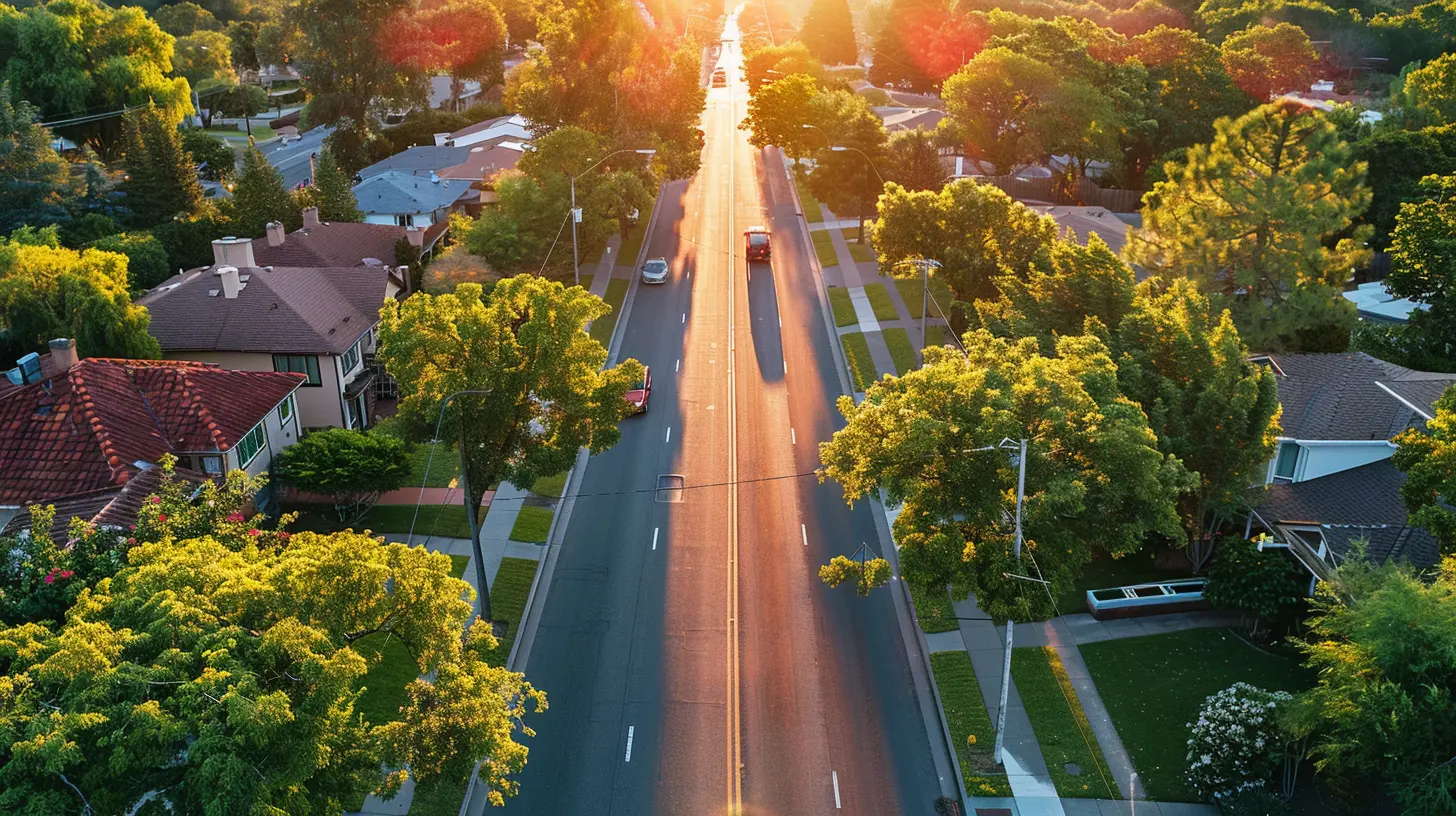
Location, Location, Location: The Golden Rule
If you're familiar with real estate at all, you’ve probably heard this phrase a million times. And guess what? It holds true for multifamily property investments too. The location of a property determines its value, potential for appreciation, and tenant demand.Think of it like baking a cake. Even if you have the fanciest frosting and decorations, if your base—your cake—is bad, the whole thing falls apart. Similarly, no matter how fabulous your property is, if it’s in the wrong neighborhood, it’s likely to flop.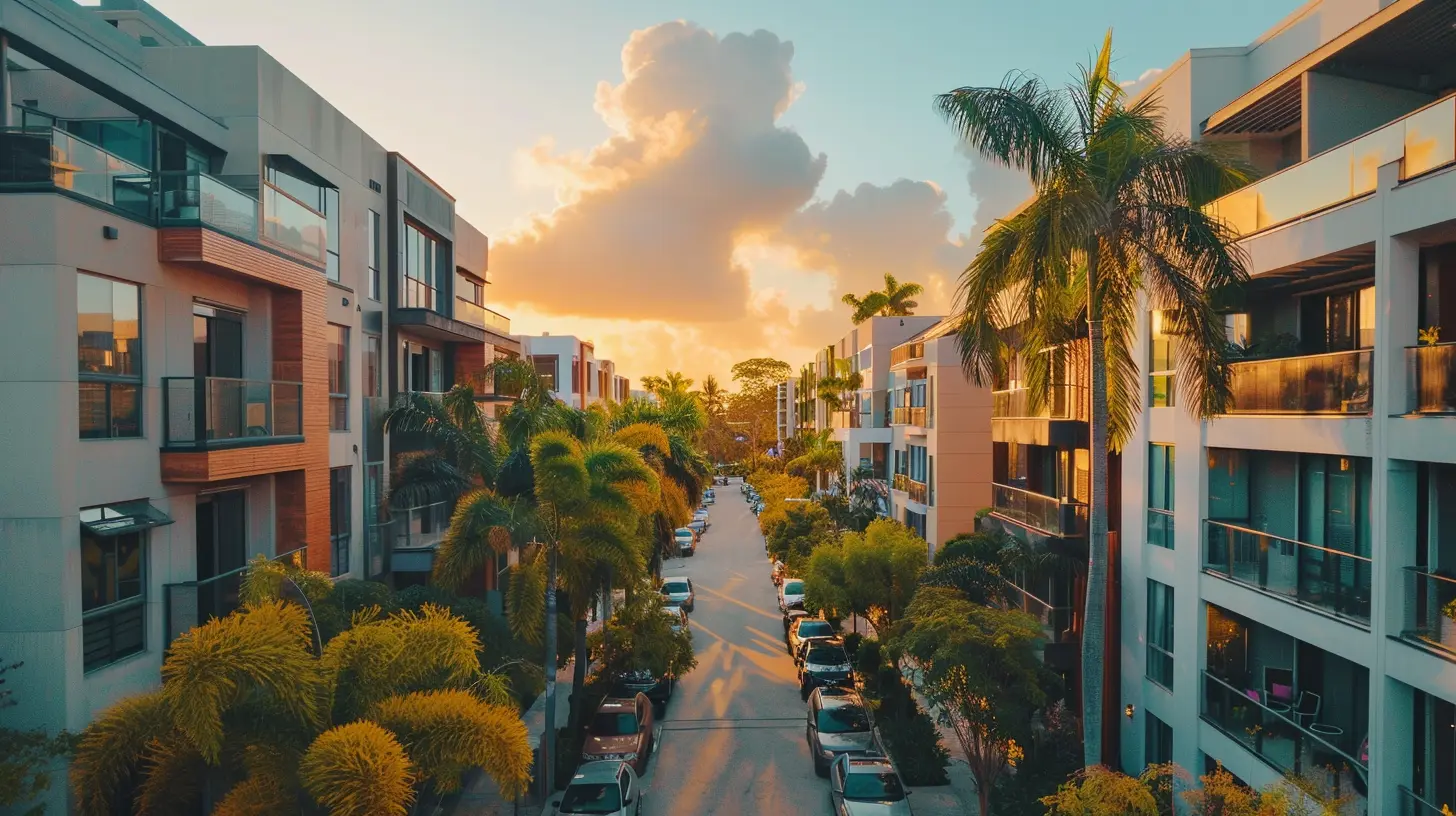
Key Factors That Define a Good Neighborhood
1. Strong Job Market
Would you rent an apartment if there weren’t any jobs nearby? Probably not, right? People need to live where they can work. That’s why one of the best indicators of a solid neighborhood is a thriving local job market.Look for areas with major employers, corporate office parks, or even start-up hubs. A bustling job market equals tenants who can afford to pay rent on time. Bonus points if the area has job growth trends—it’s like planting seeds for future demand.
2. Good Schools
If your target demographic includes families, schools are a big deal. Families want to live in areas with good public schools so their kids can get a quality education. Even if you’re targeting young professionals or singles, good schools boost neighborhood reputation and property value.Want a pro tip? Look up school district ratings when scouting neighborhoods. People are willing to pay a premium to live in a solid school district.
3. Transportation and Accessibility
Nobody likes to sit in traffic forever, right? A good neighborhood for multifamily property investments should have easy access to transportation. Whether it’s proximity to highways, public transit options, or walkability, tenants value convenience.Think of it this way: the easier it is for someone to get to work, the gym, or their favorite coffee shop, the more likely they are to stay long-term—and renew their lease.
Demographics and Tenant Pool
4. Diverse Demographics
The tenant pool in a neighborhood can tell you a lot. Is the area attracting young professionals? Families? Retirees? Diversity in the demographics not only lowers vacancy risks, but it also makes for a more vibrant and stable community.For example, a neighborhood close to a university might bring in students and professors, while one near a tech hub could draw in young professionals. Figure out who you want to rent to, and make sure the neighborhood aligns with those goals.
5. Population Growth
Here’s a no-brainer: more people = more potential tenants. Population growth generally indicates a thriving area. If a neighborhood is attracting new residents, it’s a sign that businesses, infrastructure, and amenities are keeping up with demand.Check census data or follow city development plans to spot up-and-coming neighborhoods before they hit their peak.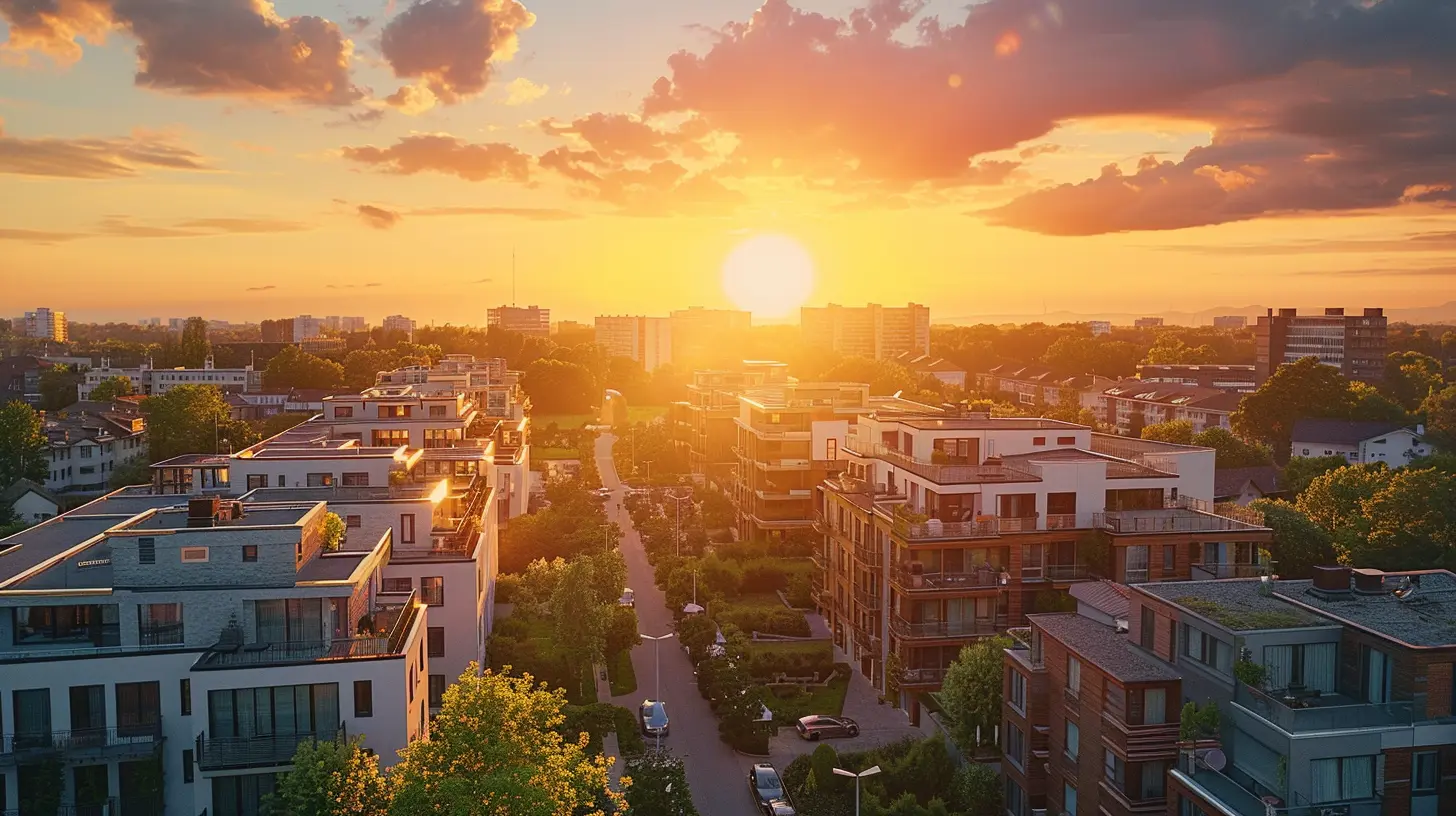
Amenities and Lifestyle
6. Proximity to Amenities
Think about your daily routine. Where do you go? The grocery store, coffee shops, parks, gyms, medical facilities, and places for entertainment? Tenants look for these things too.A neighborhood with easy access to amenities is like a chocolate chip cookie with extra chocolate chips—it’s just better. It adds convenience and improves overall quality of life for your tenants.
7. Safety and Crime Rates
Let’s be real: nobody wants to live in a place where they’re constantly looking over their shoulder. Safety is a non-negotiable for most renters. Low crime rates not only attract tenants but also help properties retain value over time.Do your homework by researching crime statistics or talking to local law enforcement. A safer neighborhood can lead to happier tenants and fewer headaches for you as an investor.
Economic and Real Estate Indicators
8. Affordable Property Prices
Of course, you want to invest in a neighborhood where property prices are within your budget. But there's a catch: affordability doesn’t mean cheap. Cheap properties often come with risks, from low-quality construction to neighborhoods with declining demand.Look for areas where property prices have room to grow. It's like buying a stock before it skyrockets—smart and strategic.
9. Healthy Rental Markets
Check the rental market in the neighborhood. Are rents climbing steadily? Is there high demand for rentals? If you notice high occupancy rates and increasing rental prices, you’re probably onto something good.A healthy rental market ensures consistent cash flow, which is the lifeblood of multifamily property investing.
10. Future Developments
Here’s where doing a bit of digging pays off. Look into the city's future development plans. Are they building new schools, shopping centers, or parks? Is there a new tech hub moving in?Upcoming developments can supercharge a neighborhood's future growth. It’s like getting a sneak peek at the next hot spot before everyone else does.
Red Flags to Watch For
Even if a neighborhood checks most of your boxes, there are a few red flags to watch out for:1. High Vacancy Rates: If lots of properties are sitting empty, ask yourself why.
2. Declining Population: If people are leaving a neighborhood, there’s usually a reason.
3. Stagnant Job Markets: A lack of job opportunities can lead to trouble finding tenants.
Be cautious. What seems like a bargain today could turn into a costly mistake tomorrow.
The Bottom Line
Finding the right neighborhood for multifamily property investments isn’t rocket science, but it does require some research and careful thought. When you consider factors like job markets, schools, transportation, amenities, and safety, you’re setting yourself up for success.Remember, a great neighborhood isn’t just about where it is—it’s about what it offers to the people who live there. So, put on your detective hat, dig into the details, and trust your gut!
At the end of the day, investing in multifamily properties is like planting a garden. If you pick the right soil (location) and nurture it (maintenance and good property management), you'll eventually enjoy a bountiful harvest.


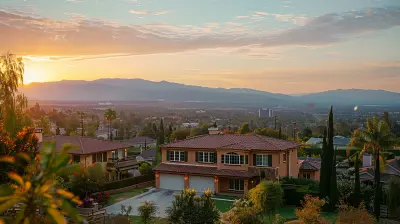
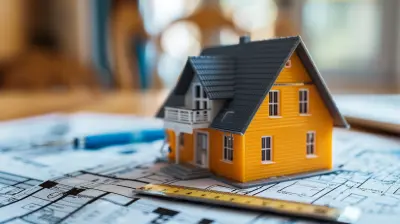


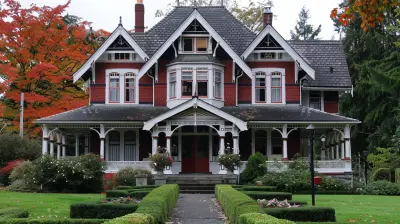


Faenor Sanchez
Great insights! A good neighborhood for multifamily investments should prioritize accessibility, strong local amenities, desirable schools, and low crime rates. These factors enhance tenant demand and property value, making them essential considerations for successful investment decisions.
March 31, 2025 at 2:33 AM